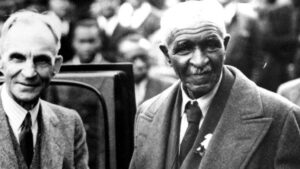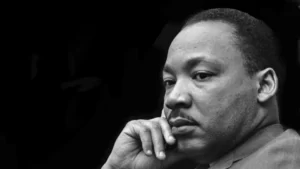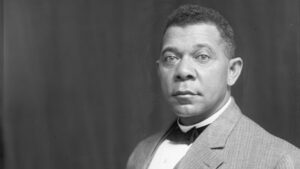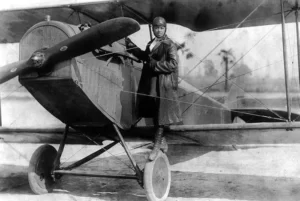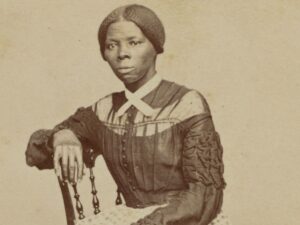Harriet Tubman
You might know her as a conductor for the Underground Railroad. She was also a spy.
Harriet Tubman cautiously watched the shore from one of three gunboats on the Combahee River. She and several hundred Union soldiers were preparing a raid to free hundreds of enslaved people from plantations in South Carolina, part of the Confederate states that were fighting against the Union during the Civil War of 1861 to 1865. Enemy soldiers were hiding nearby—success was far from guaranteed.
Harriet Tubman is well known for risking her life as a “conductor” in the Underground Railroad, which led escaped enslaved people to freedom in the North. But the former enslaved woman also served as a spy for the Union during the Civil War. Tubman decided to help the Union Army because she wanted freedom for all of the people who were forced into slavery, not just the few she could help on the Underground Railroad. And she convinced many other brave African Americans to join her as spies—even at the risk of being hanged if they were caught.
A SECRET MISSION
The Civil War was a time when women were usually restricted to traditional roles like cooking and nursing. Tubman did jobs like that, but as a spy she worked side-by-side with men, says Tom Allen, author of the Nat Geo book Harriet Tubman, Secret Agent.
In one of her most dramatic and dangerous roles, Tubman helped Colonel James Montgomery plan a raid to free enslaved people from plantations along the Combahee (pronounced “KUM-bee”) River in South Carolina. Early on the morning of June 1, 1863, three gunboats carrying several hundred male soldiers along with Tubman set out on their mission.
Tubman had gathered key information from her scouts about the Confederate positions. She knew where they were hiding along the shore. She also found out where they had placed torpedoes, or barrels filled with gunpowder, in the water.
As the early morning fog lifted on some of the South’s most important rice plantations, the Union expedition hit hard. The raiders set fire to buildings and destroyed bridges so they couldn’t be used by the Confederate Army. They also freed about 750 enslaved people—men, women, children, and babies—and did not lose one soldier in the attack.



